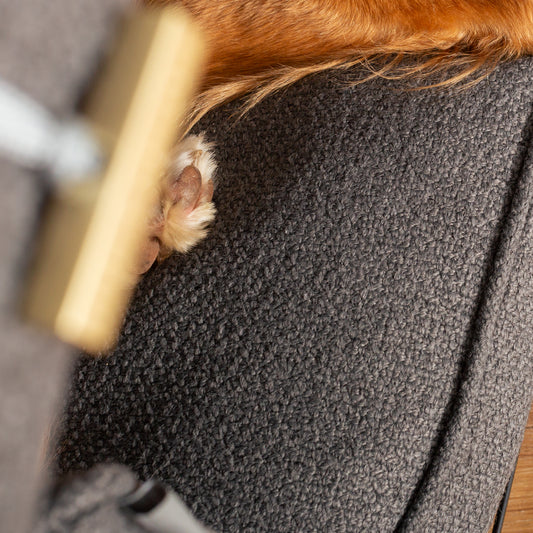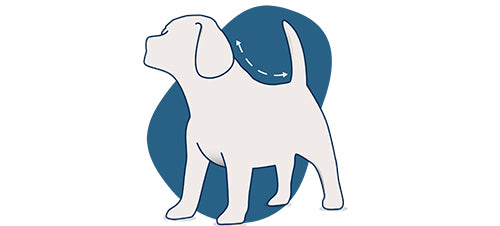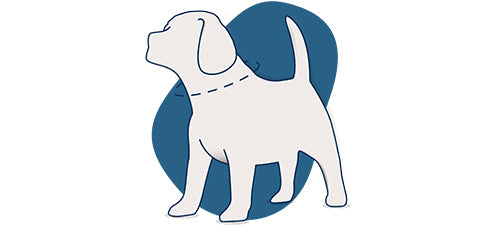Since the lockdown more people than ever, in both the UK and the US, have decided to become a new pet parent. Whether that is adding to their existing furry family or becoming a pet parent for the first time.
There has been some discussion on if this is a worrying ’trend’ and if this will mean lots of unwanted pets when the pandemic is over. Alternatively, it is more likely to be the more responsible of us actioning a plan to get a pet and spend that all important puppyhood or kittenhood time together, now the perfect time has presented itself. Equally there has been a surge in pet adoptions from re-homing centres which can only be a positive thing.

Is Now The Best Time To Get A Pet?
Timing is super important when deciding whether to get a pet or not. Both cats and dogs will need quite a lot of attention, especially in the first few weeks when getting them settled; dogs perhaps even more than cats. Under normal circumstances, settling in new pets, which is the hardest, most time consuming part of pet ownership, would mean booking a little time off work. Now, however, there is the opportunity if you’re working from home, or indeed furloughed, to put that precious time into your new family member. House training, lead training and general bonding will be a lot more feasible.
A key consideration of course, will be what happens after lockdown. It’s easy to feel like social isolation is going on forever, but life will go back to normal, whatever that new normal may be. It might be for many of us, that working from home will become something we do more often. Whatever the plan, you’ll need to ensure you will be able to give your pet the appropriate amount of time in the long run.

Our Post Lockdown World
Perhaps, overall, pet ownership in the UK and the US will reach a new higher normal level and thus there should be, in the future, more pet friendly places to go, stay and socialise.
Equally, maybe many of us will continue to work from home at least some of the time. The benefits will include reduction of carbon emissions, reduced commutes, less busy roads and spending time with your pet.

Links Between Pet Ownership & Health
There are many health benefits to owning a pet. The bond between people and pets is known to lower stress, increase happiness and also fitness. They can help improve our health in so many ways such as lowered blood pressure and cholesterol levels; decreased feelings of loneliness and increasing our opportunities for exercise.

How To Prepare For Your New Pet
If you’re preparing your home for a new pet there a few things you’ll need to consider. You’ll want to make sure your home is safe for your new pet, know where they are going to spend most of their time and also make sure you have everything you need. Getting a pet should be fun so we have put a number of resources together to help you remember everything whilst staying stress-free!
We have some great advice on what to buy for new pets in our blog posts here:
Puppies: Everything you Need For Your Perfect Puppy Shopping List
Kittens: Everything I need for my New Kitten Shipping List
We also discussed how to prepare the home for puppies and kittens in our articles here:
How to Prepare For your New Puppy
And don’t forget if you have any questions, we’re always here to help. Whether you’re a first time pet owner looking for product advice, or you have a question about something else pet related, we’re here to help!






















































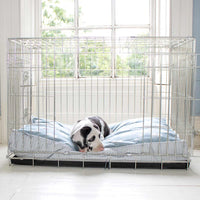


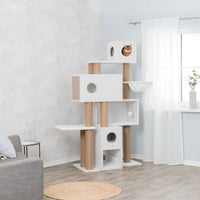

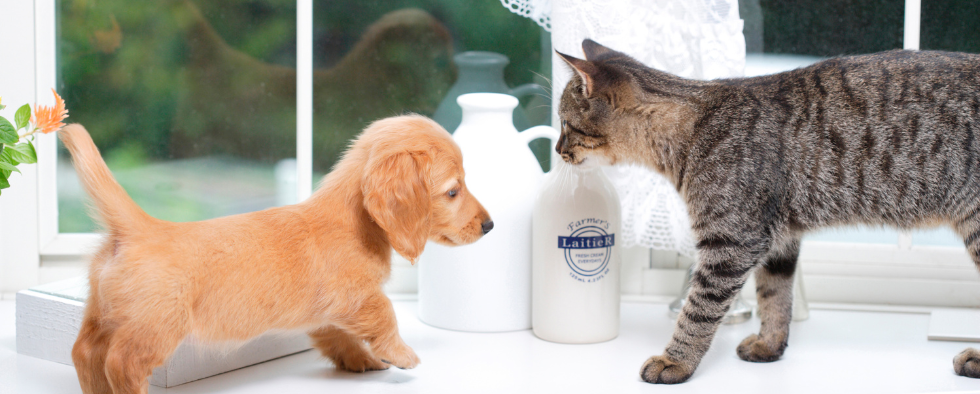



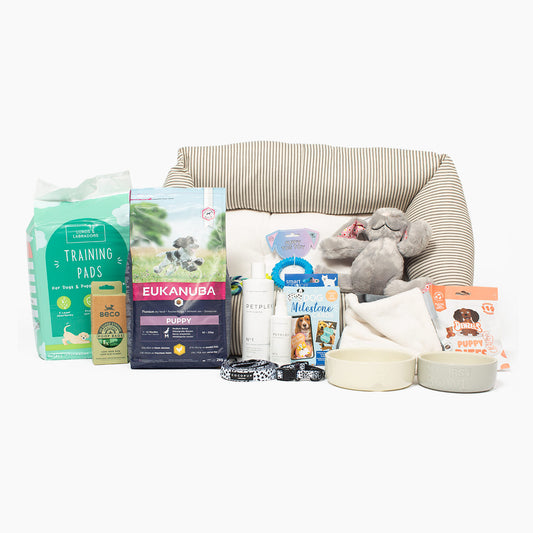

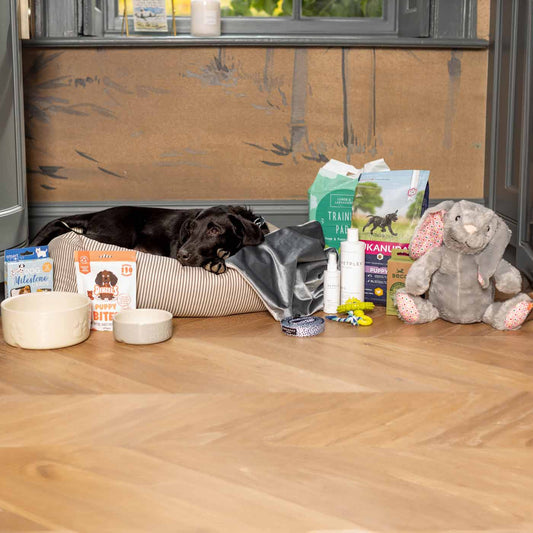




.jpg?v=1727875267251&options=)
























